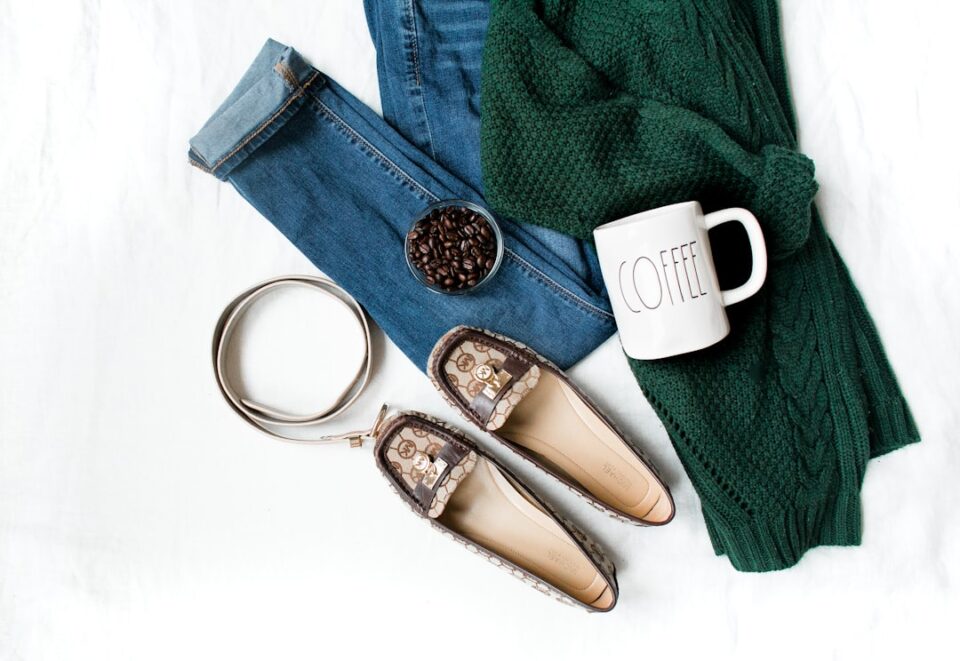Denim is a fabric that has stood the test of time, transitioning from its humble beginnings as workwear for laborers to becoming a staple in everyone’s wardrobe. With its durability, versatility, and timeless appeal, it’s no wonder that denim has been a go-to choice for people of all ages and walks of life. But how did this fabric make its journey from the fields to fashion runways? Let’s delve into the rich history of denim.
Denim’s roots can be traced back to France in the 17th century, where a sturdy fabric called “serge de Nimes” was created. The name itself gives a clue to its origin – “de Nimes” refers to the city of Nimes, while “serge” denotes a type of twill fabric. The fabric was woven with a mix of wool and silk, making it durable and long-lasting. However, it was the addition of cotton to the blend that truly transformed the fabric into what we now know as denim.
The term “denim” itself is believed to have originated from the French phrase “serge de Nimes,” with “serge” eventually being shortened to “denim.” Denim fabric was first imported to the United States by Levi Strauss, a German immigrant, who recognized its potential for durability and strength. In 1853, Strauss partnered with Jacob Davis, a tailor from Nevada, to create the first pair of rivet-reinforced denim pants, now known as blue jeans.
The birth of blue jeans marked the beginning of denim’s journey from workwear to a wardrobe staple. Initially worn by laborers and miners for its durability and practicality, denim quickly gained popularity due to its comfort and versatility. The fabric was tough enough to withstand the rigors of manual labor, yet comfortable enough to be worn for everyday activities.
During the Gold Rush era of the mid-19th century, denim jeans became synonymous with the American frontier spirit. Cowboys, ranchers, and railroad workers all embraced denim as their go-to fabric for its ruggedness and durability. The iconic five-pocket design of denim jeans, with rivets and sturdy seams, became a symbol of hard work and resilience.
In the early 20th century, denim jeans began to transition from workwear to casual wear, thanks to Hollywood actors like Marlon Brando and James Dean who popularized them in movies like “Rebel Without a Cause” and “The Wild One.” Blue jeans became a symbol of rebellion and non-conformity, reflecting the counterculture movements of the time.
By the 1960s and 1970s, denim had firmly established itself as a fashion staple, with designers like Calvin Klein and Gloria Vanderbilt introducing high-end denim lines to the market. The rise of youth culture and the hippie movement further propelled denim into the mainstream, with tie-dye and bell-bottom jeans becoming popular fashion trends.
In the 1980s and 1990s, denim underwent a series of transformations, from acid wash and distressed jeans to baggy silhouettes and designer denim brands like Diesel and 7 For All Mankind. The introduction of stretch denim and jeggings also brought a new level of comfort and fit to denim jeans, catering to a wider range of body types and style preferences.
Today, denim continues to evolve and adapt to changing fashion trends, with a wide range of styles, colors, and washes available to suit every taste and occasion. From skinny jeans and boyfriend jeans to flared jeans and cropped jeans, there is a denim style for everyone. Denim jackets, skirts, and shorts have also become wardrobe essentials, adding a touch of casual chic to any outfit.
The enduring popularity of denim can be attributed to its timeless appeal, versatility, and comfort. Whether dressed up with a blazer and heels or dressed down with a t-shirt and sneakers, denim effortlessly transitions from day to night, from work to play. Its ability to be styled in a multitude of ways makes it a go-to choice for anyone looking to create a fashion-forward look.
Denim’s journey from workwear to wardrobe staple is a testament to its enduring appeal and versatility. What started as a practical fabric for laborers has now become a symbol of everyday style and comfort. From the gold mines of California to the catwalks of Paris, denim has truly stood the test of time.
In conclusion, the history of denim is a fascinating tale of innovation, creativity, and resilience. From its humble beginnings as workwear for laborers to its current status as a wardrobe staple, denim has come a long way. Its enduring popularity is a testament to its versatility, durability, and timeless appeal. So the next time you slip into a pair of jeans or a denim jacket, remember the rich history behind this iconic fabric. Denim truly is a wardrobe staple for the ages.


